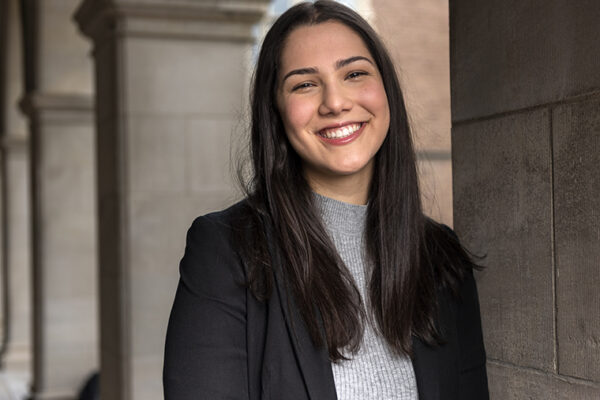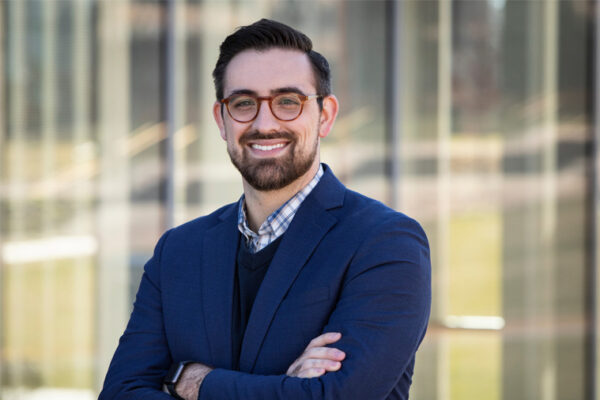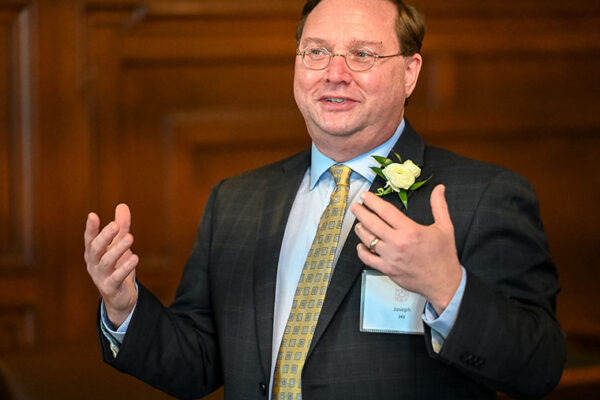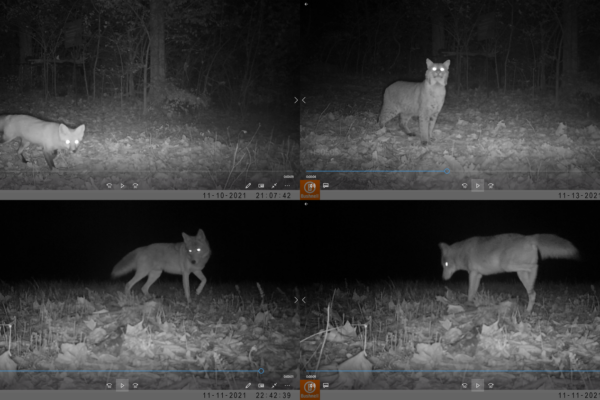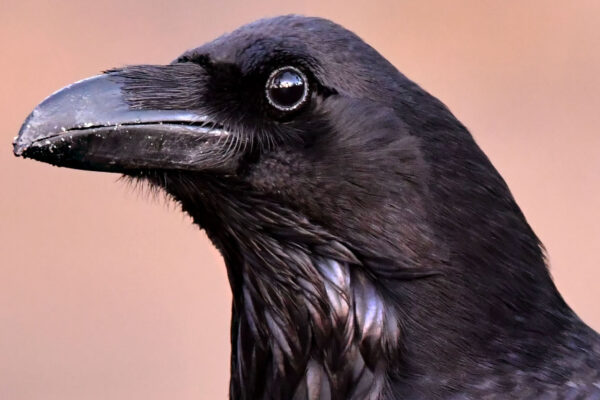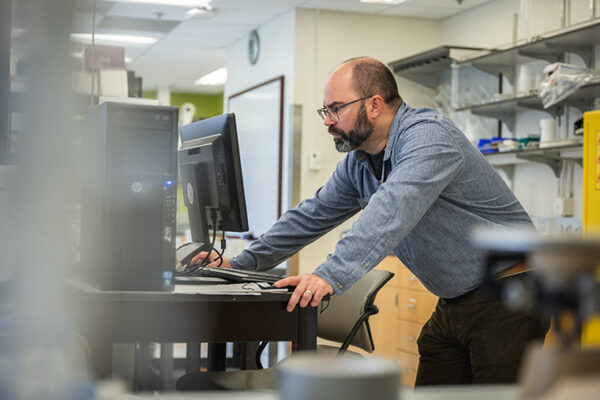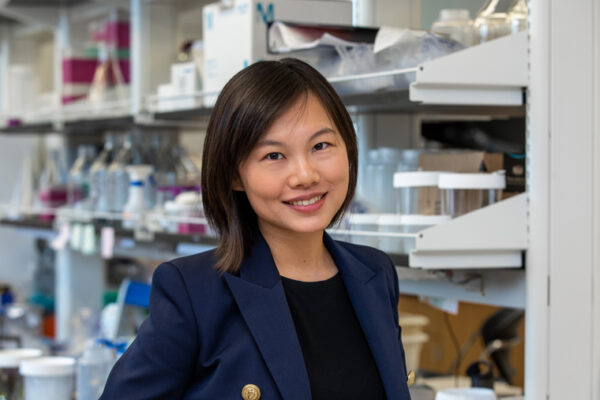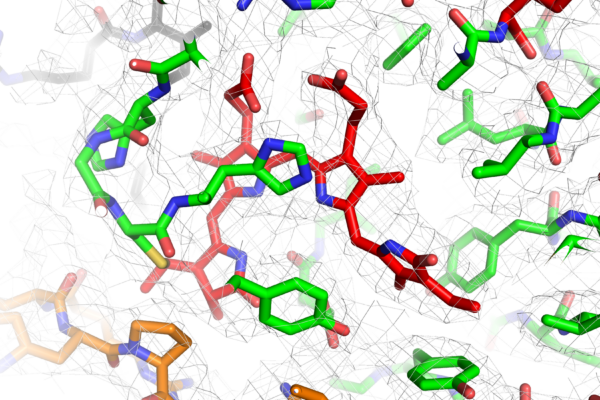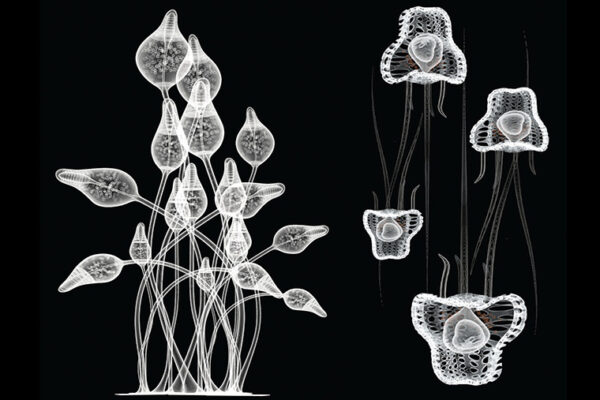Class Acts: Gabriella Smith
Gabriella Smith, a senior biology major in Arts & Sciences at Washington University in St. Louis, is a champion for access to mental health services. She hopes to combine her passion for working with children with her leadership skills to pursue a career in medicine that incorporates patient care, research and advocacy.
Bersi wins American Heart Association Career Development Award
Matthew Bersi, assistant professor at the McKelvey School of Engineering, will use tools from engineering and biology to investigate blood vessel stiffening from high blood pressure with a three-year $231,000 Career Development Award from the American Heart Association.
Jez installed as Spencer T. Olin Professor of Biology
Joseph Jez was installed as the Spencer T. Olin Professor of Biology in Arts & Sciences during a ceremony April 4 in Holmes Lounge. He gave an installation lecture, “Exploring Nature’s Machinery.”
Canid conservation program launched
Washington University in St. Louis and the Living Earth Collaborative are part of a new Missouri-based conservation initiative led by the Saint Louis Zoo. Working with the Endangered Wolf Center, scientists are looking to answer ecological and health-related questions about canids — red foxes, gray foxes and coyotes — as well as bobcats, which live in close association with canids.
Brains and brawn helped crows and ravens take over the world
Crows and ravens have great flying ability, which allows them to gain access to new places more easily. While their flying skills were key to their success, new research from biologists in Arts & Sciences also shows that big bodies and big brains played an important role in helping crows and ravens survive in the new climates they occupied.
From rare soil microbe, a new antibiotic candidate
Demand for new kinds of antibiotics is surging, as drug-resistant and emerging infections are becoming an increasingly serious global health threat. Biologist Joshua Blodgett in Arts & Sciences discovered a new candidate for drug development from bioactive compounds in a soil bacterium. The findings are reported in the Proceedings of the National Academy of Sciences.
Fangqiong Ling
Fangqiong Ling shares her love for science both inside the classroom and outside in the St. Louis community. Her commitment to impactful research has earned her recognition from associations, mentors and colleagues.
Molecular ‘blueprint’ illuminates how plants perceive light
Biologists led by Richard Vierstra in Arts & Sciences have determined the molecular structure of the vital photoreceptor PhyB, revealing a wholly different structure than previously known. The findings, published March 30 in Nature, have many implications for agricultural and “green” bioengineering practices.
Architecture, biology and ‘Cellular Transformations’
Architecture inspired by biology is not a new concept. But typically, “architecture has imitated the imagery of biology and nature without awareness of the underlying mechanisms,” argue Ram Dixit and Sung Ho Kim in “Cellular Transformations: Between Architecture and Biology.”
Renner edits special issue on separate sexes in plants
Biologist Susanne S. Renner in Arts & Sciences assembled and edited 15 papers that synthesize and challenge the current understanding of how plants separate into male and female functions for Philosophical Transactions B, published by The Royal Society.
Older Stories
